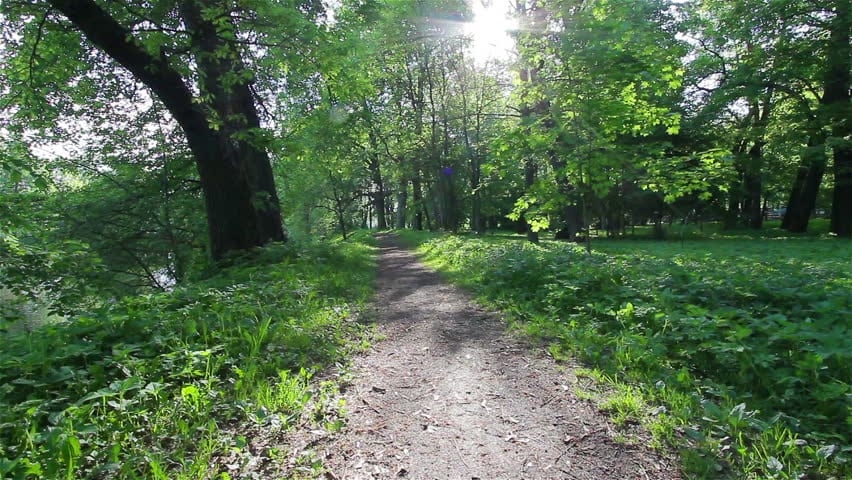State v. Donald Marquice Anderson (Op. 27609), Win in the South Carolina Supreme Court!
Excellent work by two very talented appellate lawyers, Carmen Ganjehsani and Laura Baer. The Greenville Police Department employed its SWAT team to execute a dubious (and highly dangerous) no knock search warrant at a suspected drug house. The search warrant was based on observations of drug activity in that home and in the surrounding area, and the purchase of drugs by a confidential informant. As part of their executing this warrant, they set off a “distraction device.” Again, as part of this execution of a highly dangerous no knock search warrant, a detective with the SWAT team instructed other detectives to stop and secure anyone they found on a footpath near this house because the footpath was known to be used for transporting drugs. So, as all of this is going on, Anderson and a woman were seen on the footpath walking away from the area of the drug house. They encountered the two detectives, and quickly stepped off the footpath. One of the detectives then drew his weapon, ran towards Anderson and told him to get on the ground. He was handcuffed and then patted down. The detective found crack cocaine in Anderson’s right front pocket.
Anderson motioned for suppression of the drugs. He made two arguments in support of his motion—1) the drugs were not found as part of a Terry stop but pursuant to a warrant executed at the drug house and its curtilage. Therefore, the footpath was beyond the scope of the warrant, and 2) even if it was a Terry stop, it was improper because there was no reasonable suspicion to either stop him, or believe he was armed. The trial court denied the motions.
Anderson testified that he heard a “big boom” (the distraction device) and, believing it was a shooting, thought he needed to get away. He saw the police and thought he was safe. He further testified that he continued to move once he saw the police because there was a kerosene tank in his aunt’s backyard, and was concerned that if shots hit it, it might explode.
The Court of Appeals affirmed the conviction without argument or opinion. The South Carolina Supreme Court granted certiorari and reversed. Justice Hearn authored the opinion for the Court. In short, the Court found an utter lack of reasonable suspicion: “The State offers us no more than Anderson’s proximity to criminal activity and his allegedly evasive behavior.” The Court then, interestingly, discusses the role being in a high crime area can have in an officer’s assessment of the totality of the circumstances giving rise to reasonable suspicion. The Court concludes that it can be a consideration, even though there is contrary authority. See United States v. Sprinkle, 06 F.3d 613, 617 (4th Cir. 1997) (“Although being seen in a high crime district carries no weight standing alone, an area’s disposition towards criminal activity is an articulable fact.”); but see United States v. Perrin, 45 F.3d 869, 873 (4th Cir. 1995) (“Were we to treat the dangerousness of the neighborhood as an independent corroborating factor, we would be, in effect, holding a suspect accountable for factors wholly outside of his control”). Nevertheless, our Court concludes that being in a high crime area does not provide police officers carte blanche to stop any person they meet on the street and that a person’s proximity to criminal activity, without more, cannot establish reasonable suspicion to detain that person.
This is a great case for any criminal defense attorney with a client detained in the ubiquitous “high crime area.” Justice Hearn’s parting paragraph provides powerful and useful language in challenging these stops. She writes, “[A] person’s proximity to criminal activity, without more, cannot establish reasonable suspicion to detain that individual. Taken to its logical conclusion, the erosion of an individual’s Fourth Amendment right would necessarily accompany his or her misfortune of living in an area plagued by crime. We decline to adopt such a result.” Damn right.

